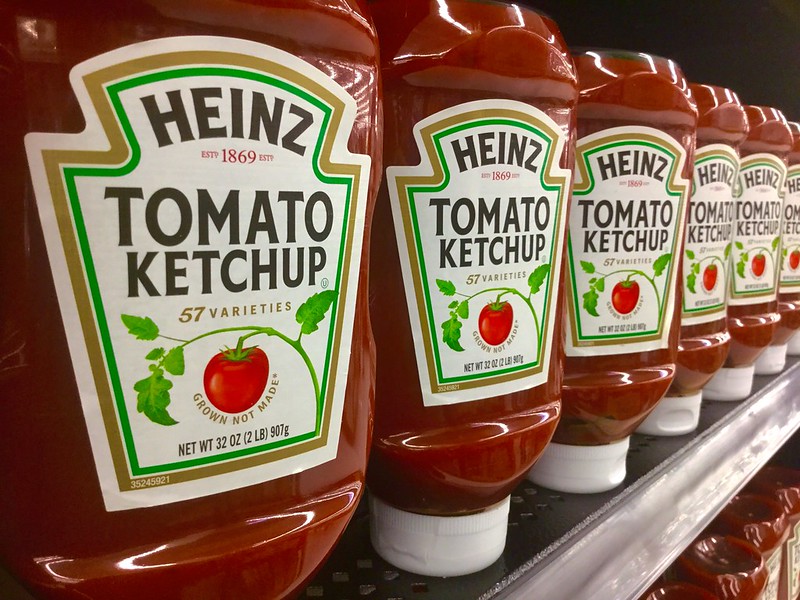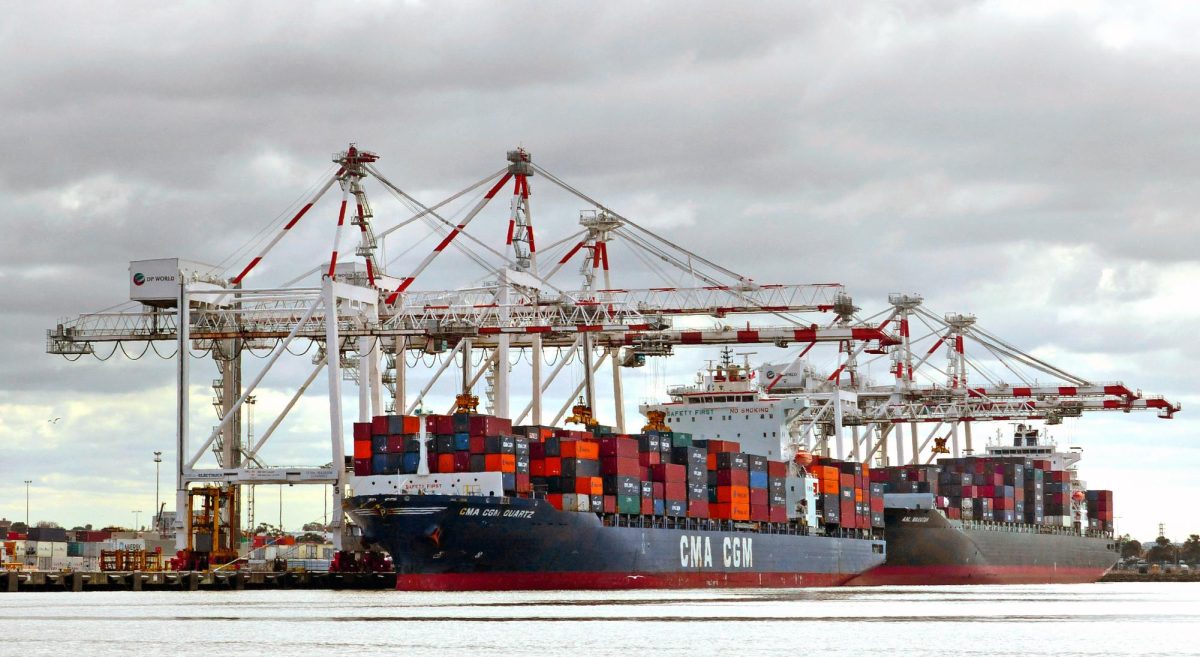New data from the U.S. Census Bureau and the U.S. Bureau of Economic Analysis reported, for the first time in 20 years, the country imported more products from Mexico than China.
The international trade breakdown, released Feb. 7, showed that from January to November 2023, Chinese imports to the U.S. made up 13.9% of total imports, its lowest level since 2004, according to Quartz. Meanwhile, Mexican imports increased to 15.5% of total U.S. imports, a record high.
The data reflects Washington’s ongoing push to stray away from trading with geopolitical opponents as national security concerns arise.
In 2018, former President Donald Trump’s administration enforced tariffs on Chinese imports after arguing that China’s trade practices infringed global trade rules. As President Joe Biden continues to maintain these tariffs, his administration has also insisted U.S. corporations partake in “friend-shoring” — shifting production to more closely allied countries.
The COVID-19 pandemic also played a significant role in the numbers. When supply chain disruptions were dire, companies turned to “near-shoring,” moving production and manufacturing closer to the United States.
These circumstances have led to America’s increasing dependence on Mexico. A report from the also showed the value of goods imported from Mexico rose $20.8 billion to over $475.6 billion from 2022 to 2023, a near 5% increase. China’s import value, on the other hand, decreased 20% to $427.2 billion.
Business appears to be booming in the Mexican state of Nuevo Léon, most notably in the tech and electric vehicle sectors. In 2023, foreign direct investment in Mexico shot up to over 40%. On top of that, the country currently holds the world’s strongest currency.
According to Nuevo Léon economy minister Iván Rivas Rodríguez, over 30 companies moved operations to the state since Tesla Inc. announced in June that it will build a $5 billion factory.
But the longevity of this boom is uncertain, as power grids in Nuevo Léon’s capital Monterrey struggle to supply the growing industries.
Pedro Campa Eliopulos, a Monterrey-based tech executive, said he doubted that “much of near-shoring will go elsewhere — because we don’t have the capacity to receive it.”
Besides Mexico, other countries like Vietnam and Taiwan are competing to become America’s top supplier. Campa, a former employee of Taiwanese computer manufacturer Quanta Computer Inc., said it recently expanded its operations to Nuevo Léon and were in production by December.
Despite the heightened interest in near-shoring and friend-shoring, China-based manufacturers are finding workarounds to the tariffs.
For example, the McKinsey Global Institute found that U.S. imports of laptops from Vietnam increased by the same amount as Vietnamese imports of laptop parts from China.
“The incentive to disassemble the product, take out a few screws, find an alternative screw supplier, ship them to a third party so it’s not 100% Chinese content, and package it as an export from the third party is just overwhelming,” economist from the Council on Foreign Relations think tank Brad Setser told The Wall Street Journal.
In addition, Chinese companies have also been making the most of a trade loophole that allows packages to enter the U.S. duty free as long as their value does not exceed $800.
While more businesses are popping up in Mexico, it’s possible that these plants import products from China. If the United States wants to control China’s role in American trade and commerce, it must consider where other countries source its materials from.









